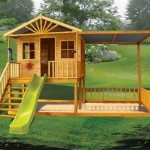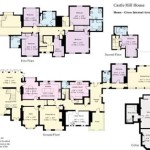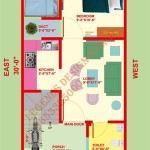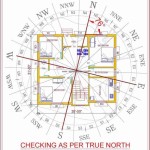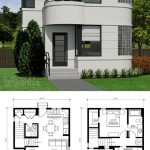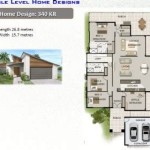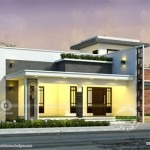Essential Aspects of Poultry House Plans for Healthy and Efficient Production
Whether you're a hobbyist with a backyard flock or a commercial poultry farmer, a well-designed poultry house is crucial for ensuring the health and productivity of your birds. Here are some essential aspects to consider when creating or modifying poultry house plans:
Size and Space Requirements
The size of your poultry house will depend on the number of birds you intend to house. As a general rule, each bird should have approximately 2-3 square feet of floor space. Consider adding extra space for nesting boxes, feed and water troughs, and other equipment.
Ventilation and Airflow
Proper ventilation is essential to maintain a healthy environment for poultry. Inadequate ventilation can lead to respiratory problems, increased ammonia levels, and reduced productivity. Ensure that your poultry house has adequate windows, vents, or fans to provide fresh air and remove moisture and harmful gases.
Lighting
Poultry need access to natural or artificial light to stimulate egg production and maintain their health. For egg-laying hens, provide 14-16 hours of light per day. Use dim lighting for broilers and other meat birds to reduce stress and improve feed efficiency.
Temperature Control
Poultry are susceptible to temperature extremes. Ensure that your poultry house is well-insulated and provides adequate protection from cold and heat. Consider installing heaters or fans to maintain a comfortable temperature range for your birds, typically between 55-80 degrees Fahrenheit.
Feed and Water Access
Easy access to clean feed and fresh water is essential for the health and productivity of poultry. Provide ample feeders and water troughs distributed evenly throughout the house. Choose feeders and waterers that are appropriate for the age and size of your birds to minimize spillage and waste.
Nesting Boxes
For egg-laying hens, nesting boxes provide a safe and private place to lay their eggs. Design nesting boxes to be approximately 12 inches wide, 12 inches high, and 18 inches deep, with a sloping floor to prevent egg breakage. Provide one nesting box for every 4-5 hens.
Manure Management
Proper manure management is essential for maintaining a clean and healthy environment for poultry. Design your poultry house with a system for collecting and removing manure, such as a deep litter system or a slatted floor with a manure pit below. Regular manure removal helps prevent disease, reduce odor, and improve air quality.
Biosecurity Measures
Implement biosecurity measures to prevent the introduction and spread of diseases into your poultry house. Establish a designated entry point, require visitors to wear protective clothing, and regularly disinfect equipment and surfaces. Control access to your poultry house to minimize contact with outside sources of contamination.

En Enhouse Commercial Design In Designin Agriculture Bird Poultry Farm Buildings House
Floor Plan A And Cross Section Of Commercial Poultry House B Scientific Diagram

50 000 Broiler Poultry En Farm House Design Plan Automatic Solution Zhengzhou Livi Machinery Manufacturing Co Ltd

Manual Plans Available Small Scale Poultry Housing In Agri4

Poultry House Design Of 5000 Layer With En Cage

Poultry House Plans For 10000 Ens One Stop Solution

Plan For A 20 En Poultry House The Pages

1000 Broilers Poultry House Design Drawing Farm

An Ilration Of The Broiler Poultry House Eight 0 9 M Diameter Scientific Diagram

Plan For A 20 En Poultry House The Pages
Related Posts

